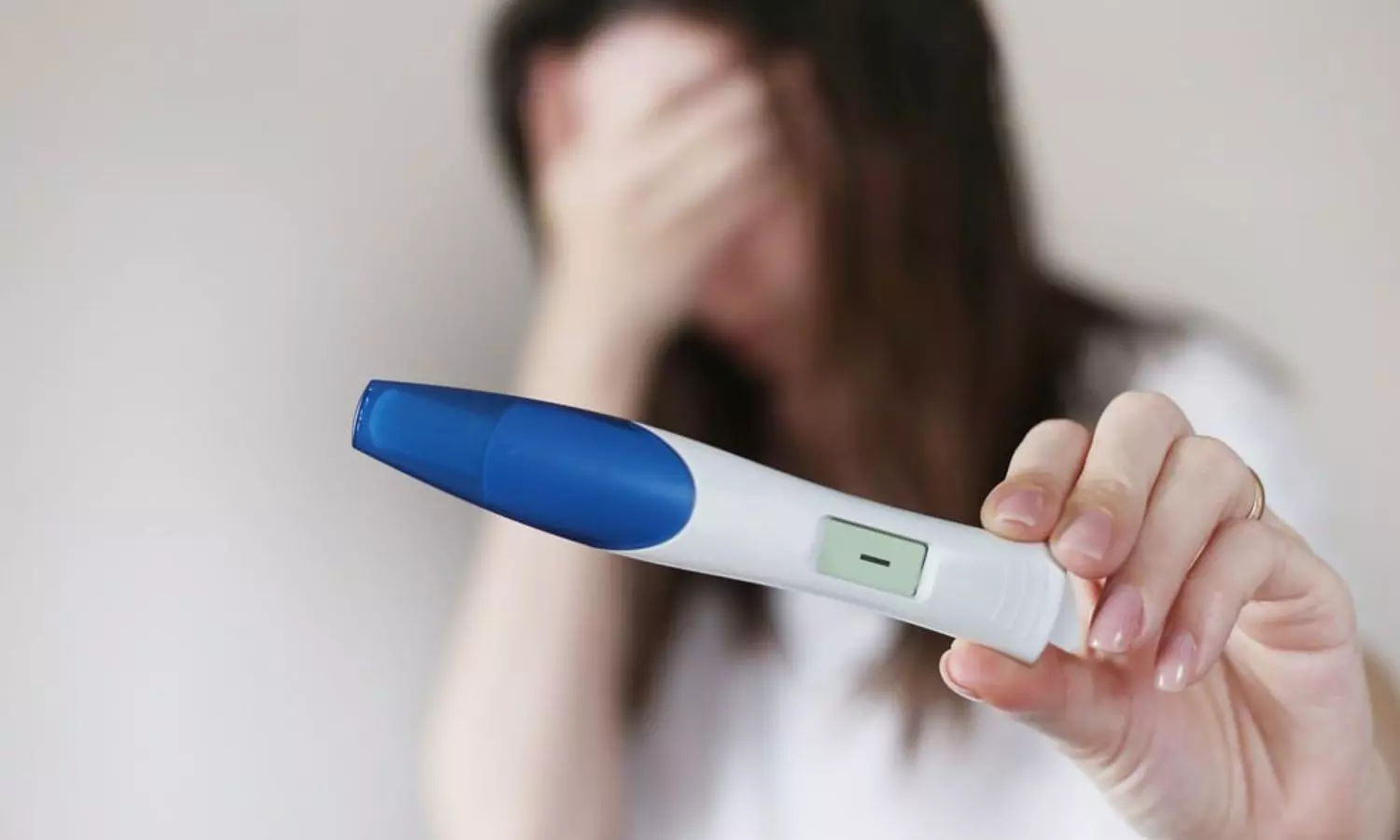Waist Circumference Linked to Female Infertility: Study Reveals Impact Beyond BMI

In a groundbreaking study utilizing data from the National Health and Nutrition Examination Survey (NHANES), researchers have unveiled a significant association between waist circumference (WC) and female infertility among women of childbearing age in the United States. The findings suggest that beyond BMI, waist circumference may play a significant role in female infertility, and engagement in moderate recreational activities could potentially mitigate the risk associated with abdominal obesity.
The study results were published in the journal PLOS One.
Obesity carries noteworthy consequences for fertility and reproductive health. Nevertheless, the evidence connecting abdominal obesity to female infertility has been both limited and inconclusive. Hence, researchers aimed to elucidate the possible correlation between waist circumference (WC) and infertility in women of childbearing age in the United States, utilizing data from the National Health and Nutrition Examination Survey.
The cross-sectional study involved 3239 female participants aged 18–45 years. Employing weighted multivariable logistic regression and smoothed curve fitting, the researchers sought to disentangle the influence of waist circumference from other factors, including BMI and potential confounders.
Findings:
- The results revealed a positive and independent association between waist circumference and female infertility.
- Even after adjusting for BMI and other confounding variables, every 1cm increase in waist circumference was associated with a 3% rise in the risk of infertility (OR = 1.03, 95% CI: 1.01–1.06).
- Stratifying WC into quintiles highlighted a striking 2.64 times higher risk of infertility in women in the highest quintile compared to those in the lowest quintile (OR = 2.64, 95% CI: 1.31–5.30).
- The relationship between WC and infertility was further nuanced by activity levels.
- Smooth curve fitting revealed a non-linear, dose-dependent association.
- Intriguingly, an inverted U-shaped relationship emerged in participants engaged in moderate recreational activities, with a turning point at 113.5 cm.
- For those with deficient recreational activities, a J-shaped relationship was observed, with a turning point at 103 cm.
The study’s conclusions emphasize the significance of waist circumference as an independent predictor of female infertility, irrespective of BMI. This challenges conventional notions that solely focusing on overall obesity metrics suffices in understanding reproductive health implications.
Moreover, the findings shed light on the potential protective role of moderate recreational activities. Women engaging in such activities exhibited a lower risk of infertility associated with abdominal obesity. This underscores the importance of not only addressing weight-related factors but also considering lifestyle and physical activity in the context of reproductive health.
Further reading: Association between waist circumference and female infertility in the United States. https://doi.org/10.1371/journal.pone.0295360





